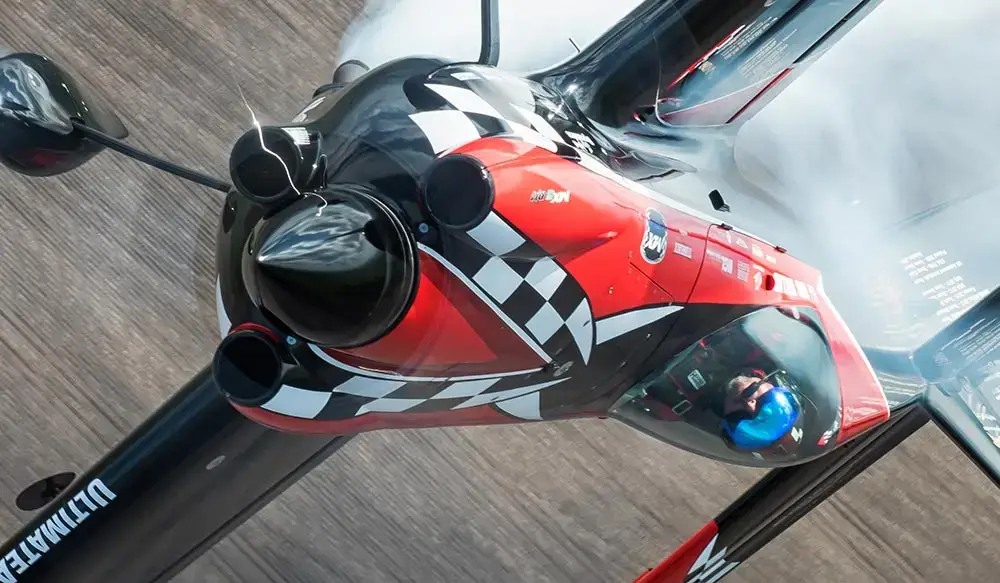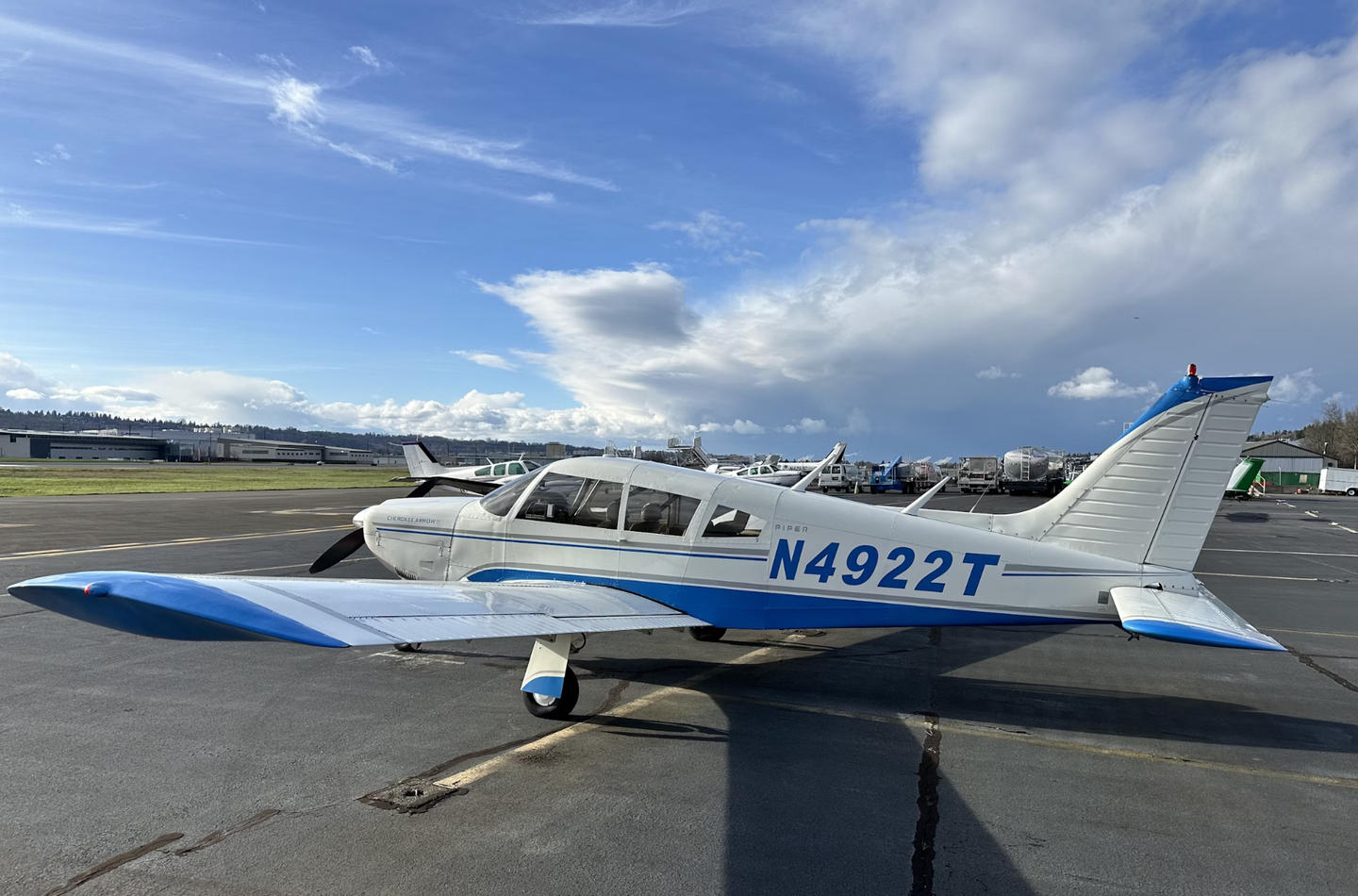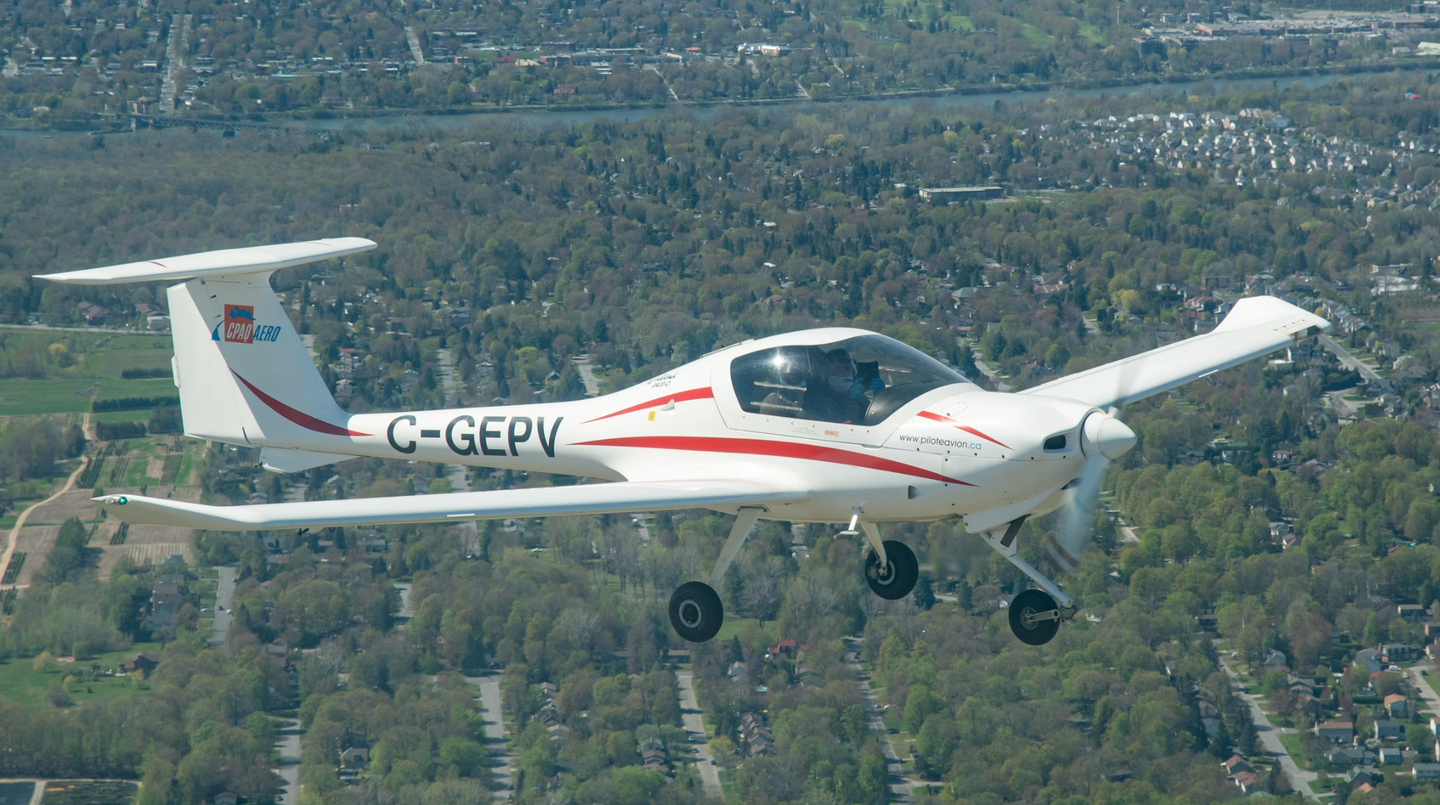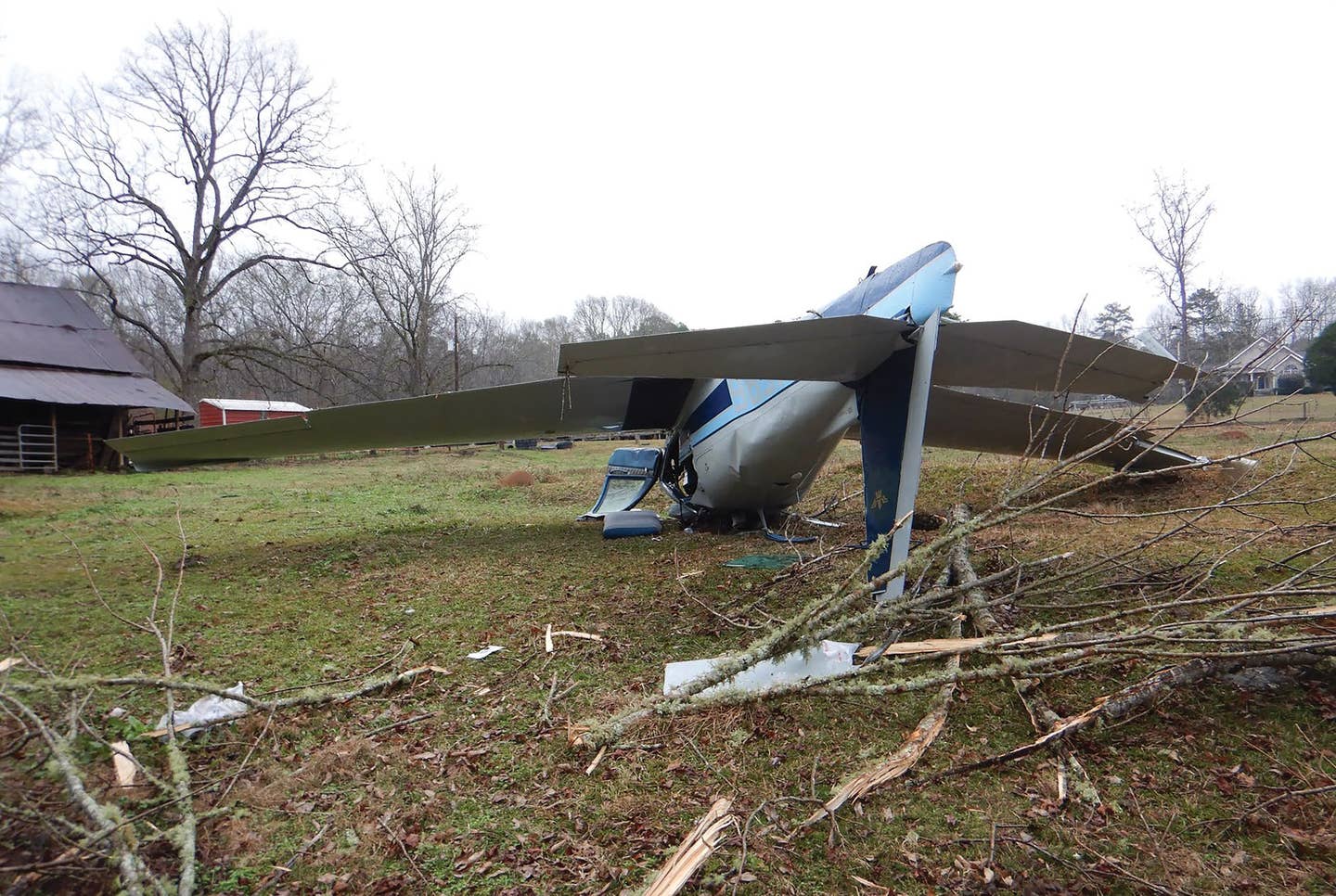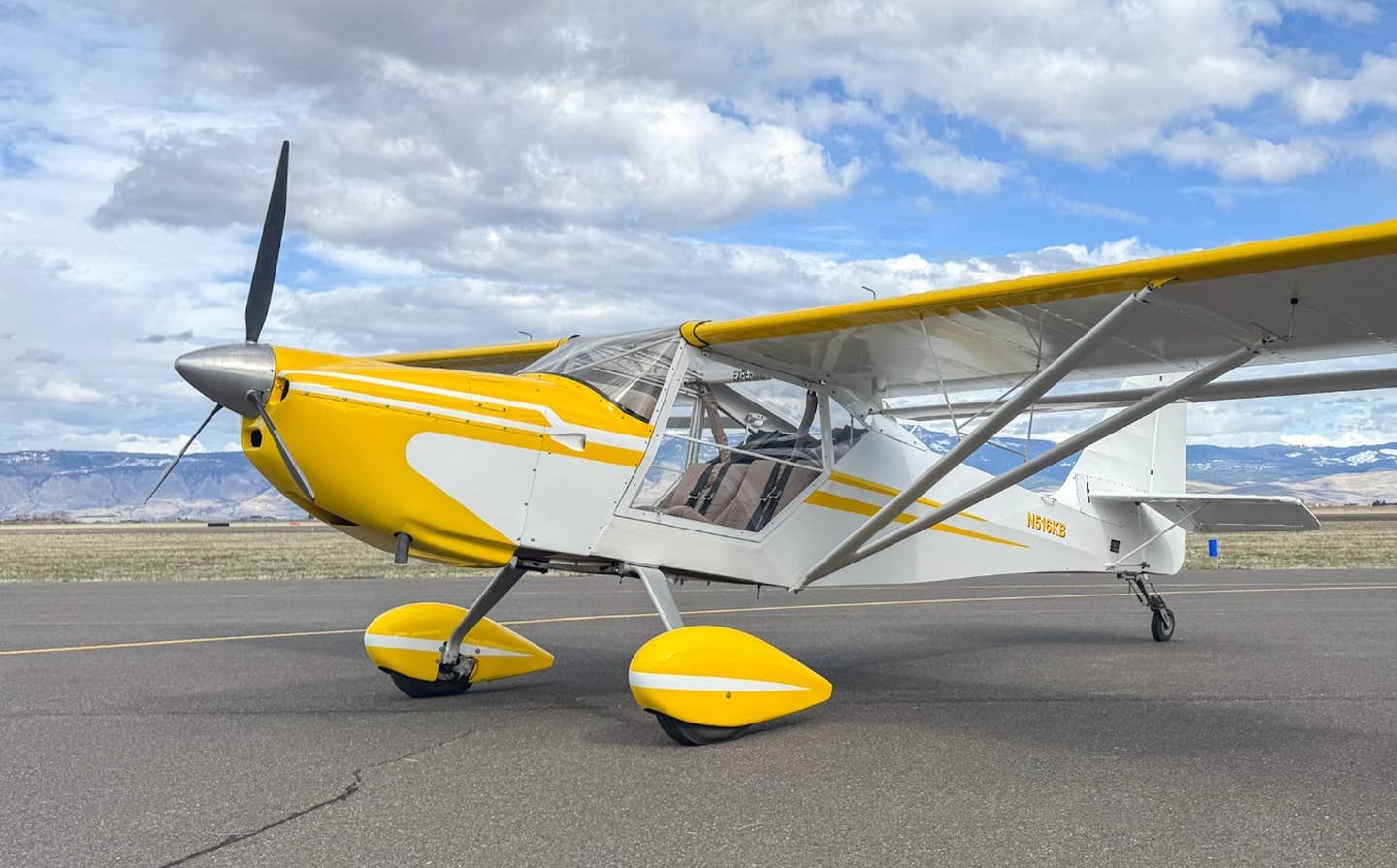Flying 172s
It’s not like I haven’t had the chance to get to know the 172. I’ve flown maybe 50 different Skyhawks of different vintages, configurations and engines. I’ve flown fastback straight-tailed…
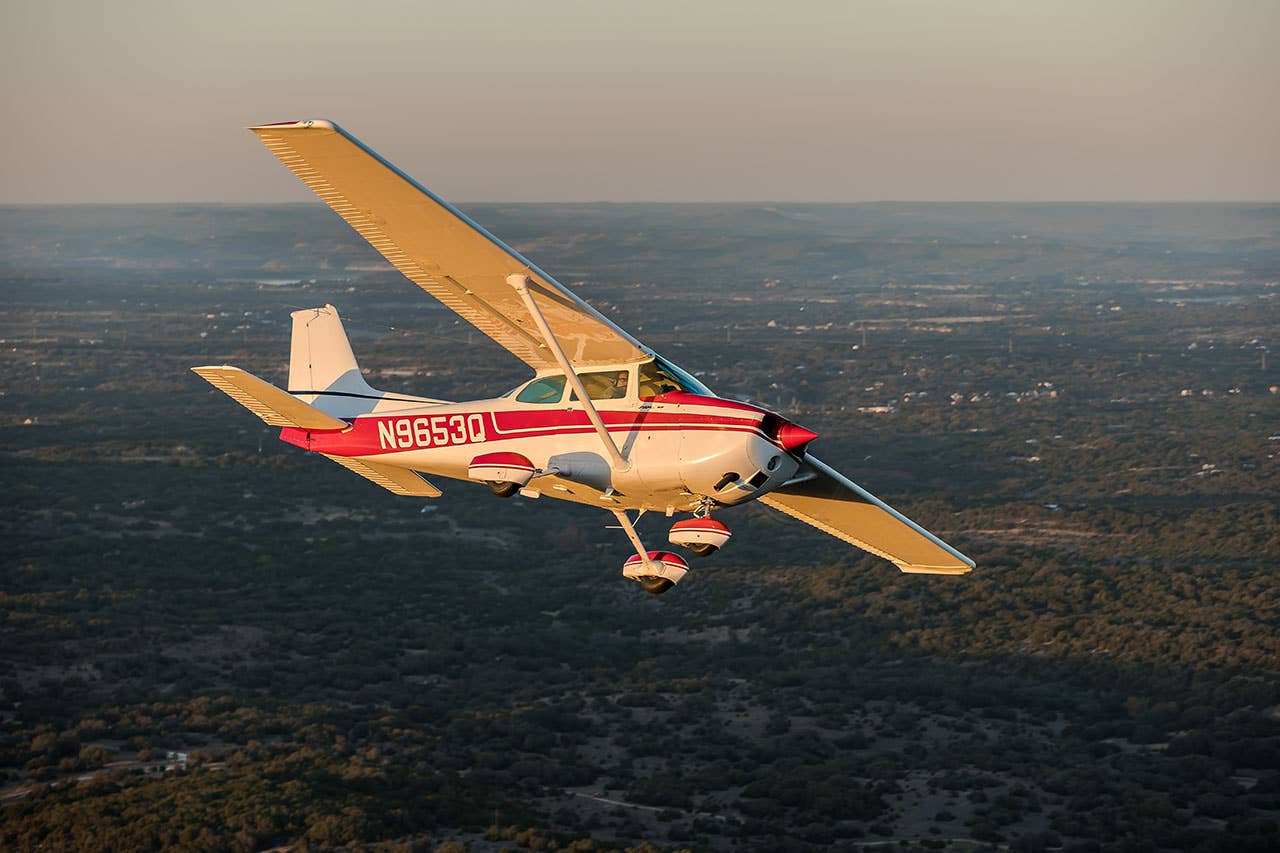
The hallmark of the Cessna 172 Skyhawk is its easy flyability, which is why it has trained hundreds of thousands of pilots over the decades. Photo by Jack Fleetwood
It's not like I haven't had the chance to get to know the 172. I've flown maybe 50 different Skyhawks of different vintages, configurations and engines. I've flown fastback straight-tailed late-'50s bare-metal 172s and FADEC-equipped turbodiesel Skyhawks with flat panels splayed across the panel and seat tracks designed by NASA. I've flown 172s on floats, and with retractable gear, with more powerful engines with four cylinders and less-powerful ones with six jugs; I suspect that at some point, I'll get to fly an all-electric Skyhawk.
It's not that the Skyhawk is a bad flying airplane. Again, quite the opposite is true. One could make a convincing argument, in fact, that with the 172, Cessna built the epitome of the flying machine, that in the 50-some-odd years between the Wright Flyer and the Cessna 172, no one had gotten it quite right before Cessna. And it has only gotten more perfect, a line so skillfully executed that the human eye can't find a flaw.
After all, what airplane is more automatic to hand-fly than a Skyhawk? Which model is smoother, has more perfectly harmonized flight controls, a more intuitive feel? Which one is more forgiving? What plane makes you look better?
Arguably, in each case, the answer is no otherairplane.
And yet, the Skyhawk's flying manners are kind of forgettable. When's the last time you heard a pilot come back from a flight in a 172 and proclaim, "What a great flying airplane that is!" Probably never. But that's not a bad thing. In fact, it might be the very best thing. I'd argue that the reason that a Skyhawk's flying manners are so forgettable is that the plane is the very definition of flying. It's what flying feels like, in much the same way that air is what breathing feels like. You don't say, "That's darned good air," but I think we can all agree that Mother Nature pretty much nailed that particular gaseous mixture.
I don't think that it's familiarity that makes us think that the 172's flying manners are divine. I think it's because they just are. I have to admit that just about every different model of airplane I've ever flown, hundreds of them, I compare to the Skyhawk, usually very consciously so. Is it silly to compare the Gulfstream G650, a Mach .925 intercontinental fly-by-wire business jet, to the Cessna 172? Not at all. In fact, if I were to put together a list of the best-flying airplanes I've ever had the pleasure to fly, those two planes would be in second and first place, respectively.
The truth is, the Skyhawk's flying manners are close to perfection. It's not too heavy in feel or too light (though it leans in that latter direction). Likewise, it's a stable airplane, but not too stable, which is both possible and, ultimately, undesirable. While pilots often say that more power is always better, it's not always the case. I'd argue that 180 hp, the current power rating for the Skyhawk, is perfect for it, though the plane did just fine most days in most places with the original 145 ponies.

Subscribe to Our Newsletter
Get the latest Plane & Pilot Magazine stories delivered directly to your inbox

